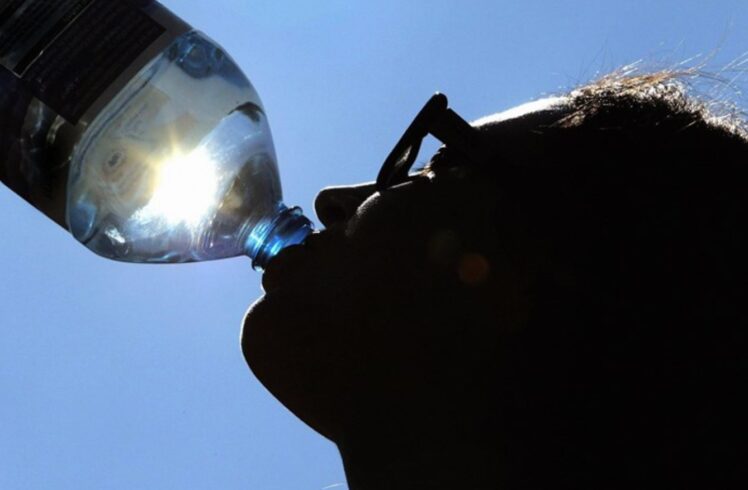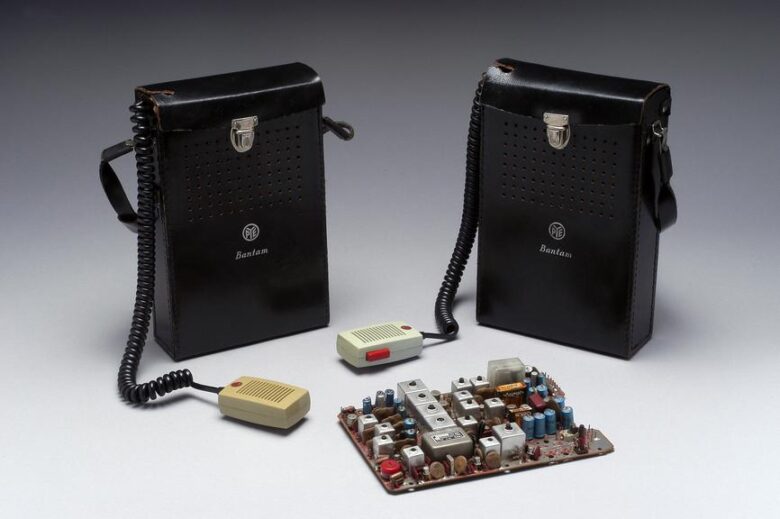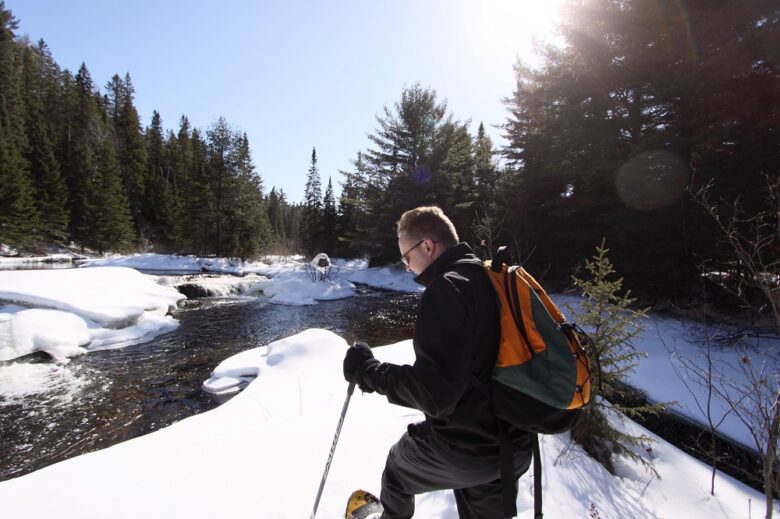It might be lovely and delightful to go trekking in the winter. A location may appear to be on an entirely different planet that is equally as beautiful or even more so due to the difference in the scenery at various times. Whether it’s your first time or you’ve trekked in the cold before, this article is designed to keep you secure and guarantee that you have a beautiful experience in the company of nature.
Contents
- Advantages of Cold weather Trekking
- 1. Something to serve as a beacon
- 2. Freshwater
- 3. Snacks high in energy
- 4. A telephone or radio transmitter
- 5. A guide or route mentor
- 6. The sixth layer
- 7. No to cotton, please
- 8. Put on sunblock
- 9. Consider eating and drinking
- 10. Food should not be frozen
- 11. Utilize water bottles
- 12. Make cautious preparations
- 13. Observe your companions
Advantages of Cold weather Trekking
- Few people
- Zero bugs
- healthy air and no fires
- Engage in hiking and biking all year long
- Discover your favorite paths from another angle
1. Something to serve as a beacon
Winters have shorter days, so it gets darker faster. Plan to leave the woods before sunset every time, but be ready in the event the route goes more than anticipated or if you suffer an accident that pushes you less agile. Using light or lantern, you can safely travel off the track. Having stranded on a route after dark poses a serious safety risk and frequently necessitates rescue during the winter.

Source: NBCNews.com
2. Freshwater
Always have lots of fluids on hand. Individuals are more inclined to remember to pack water for a trip when it’s hot outside, but trekking in the cold can cause dehydration just as readily. If the temperature is low enough, straw-equipped bottles may be susceptible to freezing. Instead, use insulated bottles to maintain your water from contracting too much ice.
3. Snacks high in energy
A little additional fuel is frequently needed when hiking in the winter. Snow increases resistance while you walk, and cold weather might cause your energy to be used up more quickly. As a result, it makes sense to include additional high-energy snacks. Shop now so you can stay well-fueled on the go with mixed nuts, crackers, granola bars, and meatballs.
4. A telephone or radio transmitter
It’s a smart option to inform a buddy or member of your family of your destination before you set out on the route. In case you encounter difficulties along the trip, it’s a great idea to pack a cell phone or GPS unit. Although the level of connection can differ from campground to campground, most carriers publish outage maps on their websites so you can verify ahead of your travel. In locations with little to no service, other gadgets, such as hotspot devices, are more dependable. Keep in mind that if it becomes extremely chilly, your smartphone may not work properly, so keep it warm by keeping it close to you or in an area that is insulated.

Source: homedepot.com
5. A guide or route mentor
Bring a copy of the course guide if one is available for your trek. In the cold season, some parks don’t have trail guides accessible but may have maps posted at the trailhead instead. If you own a smartphone, you can take a picture so that you have an electronic version to bring with you. However, it is usually a smart option to have a physical copy just in the event your mobile can’t handle the weather. On the park website of several parks, you can also get Documents of the hiking trails. You can also document your hunting and if you feel cold when do that you can use hand warmers for hunting.
6. The sixth layer
In case you are cold or wet, pack a couple of extra clothing. Always carry extra pairs of socks and gloves! In addition, keep in mind:
-Adding a few packets of warmers to your luggage can assist, especially if it starts to snow while you’re hiking.
-A weatherproof covering for your backpack can serve to protect what’s inside. Even your boots can accommodate these packs!
-If you’re going on a longer trip, a pair of match or a butane lighter are excellent additions to your security gear.
7. No to cotton, please
Cotton takes a considerable quantity of time to dry after becoming wet, which might make you uncomfortable and damp. Perspiration will be moved off from your skin by synthetic and wool fabrics, which dry much more quickly.

Source: nykaa.com
8. Put on sunblock
Even though it may be freezing outside, you should still be concerned about sunburn. In fact, if there is snow covering the ground, the sun’s rays may pause and bounce up at you, so you ought to be very careful to apply sunscreen to your neck, chin, and underside of your nose.
9. Consider eating and drinking
You can have a lower desire to pause for meals and drink when it’s cold outside. Keep water and snacks close by so you may consume them frequently during the day. This will make it easier for you to eat and drink.
10. Food should not be frozen
Chomping on a hard energy bar is not fun for anyone. Cheese, almonds, candy bars, and chocolate all retain more of their softness in cold temperatures than certain other foods. The meals you like that will remain palatable in chilly temperatures can require some experimentation. Storing food near your body will preserve it frozen no matter what you decide to pack.

Source: nykaa.com
11. Utilize water bottles
Because there is a great risk of your drinking tubing seizing in very chilly temperatures, you might need to forgo the hydrated storage and utilize water bottles instead. However, bottles can also freeze, and this normally occurs from the top to down, which implies the corked bottles are prone to becoming stuck closed. That issue can be resolved by turning your bottles inverted, but first, make sure they are tightly screwed shut and don’t leak. It will be easier to protect the bottles from the cold if you place them within your bag as opposed to outside pockets.
12. Make cautious preparations
You must possess the appropriate tools, be well informed of your environment, get a plan, and verify the weather conditions before leaving in order to accomplish this. Winter hiking can be dangerous, therefore it’s important to take all necessary steps to prevent getting lost or stuck because of inclement weather, in addition to having the proper equipment. To do all of these things, you should do some preliminary study about your location. It’s dangerous to just change it in the winter. Check the weather before you travel, make sure you have a thorough map of the neighborhood you’ll be hiking in, and pack some emergency supplies, extremely warm clothes, and maybe some basic medical supplies.
13. Observe your companions
A good hiking companion keeps a close eye on their companions. Ask your pals for updates regularly, and if you notice pale spots on their faces or they start to stumble on the trail, force them to halt and cover any exposed skin or put on an article of warm, insulating clothing.
